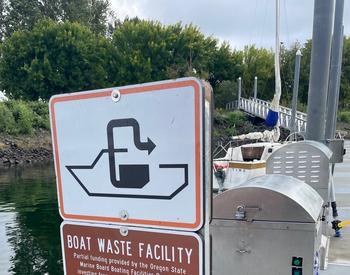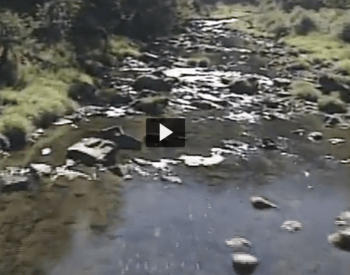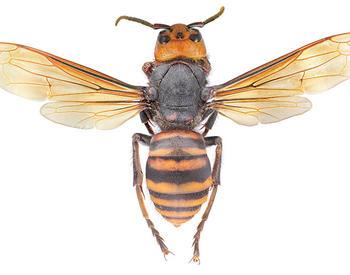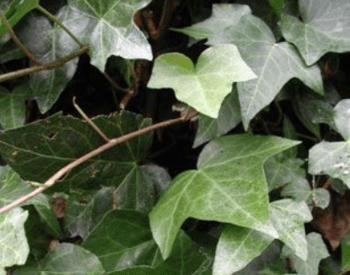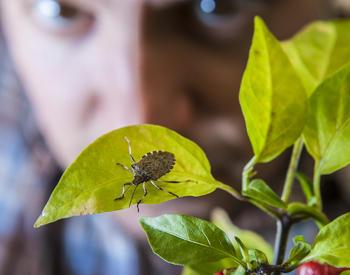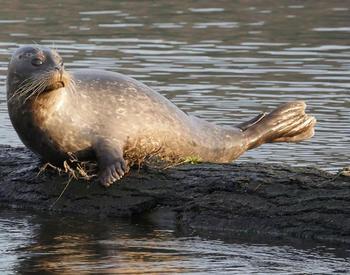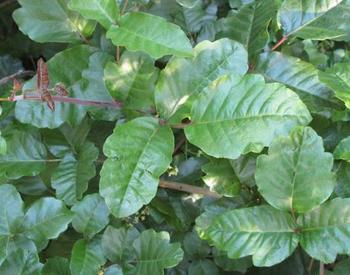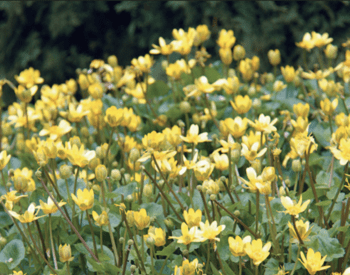In the summertime, water temperatures rise and the sun shines bright, helping create ideal conditions for excess algae growth in farm ponds. Aquatic plants, including algae, are important to a pond’s ecosystem, but it is easy for these plants to grow out of control, causing problems for water quality, fish and other wildlife.
Excess algal biomass (algae blooms) is prompted by nonliving and living factors. Algae utilize nutrients in the water from decaying plant materials like fallen leaves, fish waste, dead bugs and fertilizers. Nutrient enrichment along with warmer water temperatures and fewer organisms eating the algae leads to an algae bloom. Not only are these algae blooms unsightly, but they can also potentially create an unhealthy environment for aquatic animals.
The first line of defense against algae blooms and excessive weed growth is prevention. Reducing the use of fertilizers near the pond, limiting livestock access, and ensuring that septic system drain fields function properly will reduce nutrient loading in the water.
Removing fallen leaves and other decaying materials deprives algae of food needed for growth. Providing shade around the pond may help by reducing water temperature and filtering the sunlight needed for algae to photosynthesize. Research shows that barley straw is another way to prevent excess algae growth in water.
Controlling excessive algae and weed growth is an ongoing endeavor if the ecosystem is drastically out of balance. Experts believe that adding beneficial bacteria to the pond system is valuable. Beneficial bacteria maintain the nitrogen cycle, by breaking down sludge along the bottom of the pond and reducing odor.
Shading products or dyes can be used to limit light penetration for algae. Dyes are not a long-term solution but may be used until vegetation can be established around the pond to provide natural shade. Dyes turn water a bright blue color. Pond rakes or skimmers are mechanical methods to remove algae masses and weeds from the pond.
As a last resort, chemical treatment may be used. Algaecides are fairly selective chemical controls; caution should be used, however, as ponds are often connected to groundwater and surface water systems. When selecting chemical treatments read the label carefully and follow application and safety directions and obtain any necessary permits.
Algae are a natural part of the pond ecosystem, but attention should be given to keep the pond in balance to prevent excessive algae growth.
Reviewed by: Toni Pennington, Center for Lakes and Reservoirs, Portland State University





